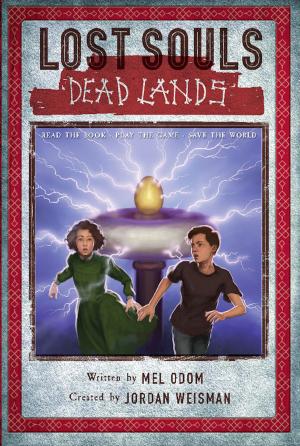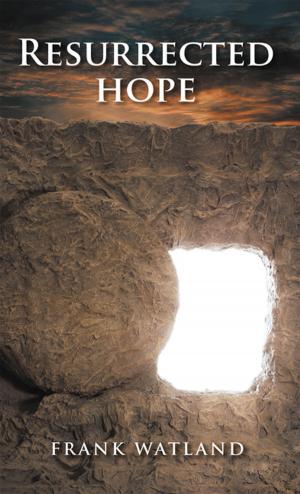The Shaman and the Savant
Adventures growing up in the Stone Age
Fiction & Literature, Action Suspense| Author: | Patrick E. Taylor | ISBN: | 9780989157148 |
| Publisher: | Patrick Ellsworth Taylor Publishing | Publication: | May 20, 2015 |
| Imprint: | Patrick Ellsworth Taylor Publishing | Language: | English |
| Author: | Patrick E. Taylor |
| ISBN: | 9780989157148 |
| Publisher: | Patrick Ellsworth Taylor Publishing |
| Publication: | May 20, 2015 |
| Imprint: | Patrick Ellsworth Taylor Publishing |
| Language: | English |
Our present Era is just beginning. Stone Age humans are migrating into Europe from Africa towards the end of the last ice age, around 20,000 years ago. Neanderthals, the old ones, have mostly died out, the few survivors driven over the mountains to the north. The many caves they once occupied overlooking the sea are now the homes of the newcomers. There, the southern part of the Continent teems with animal life, as the massive glaciers, receding into the high mountain ranges, still cover the northern lands beyond. Survival is difficult for them in their hunter-gatherer society, forced to live a hand to mouth existence. Abjectly dependent on the changes in their environment and the game they hunt, they are controlled by rigid religious principles. Kaynu and Alida, teenagers growing up together, fall in love and rebel against these restrictions. In a number of natural disasters and human conflicts, they struggle for survival. In wild and thrilling adventures, they face the dangers of their primitive land and the savage elements of nature. The treachery of ruthless and murderous tribal adversaries also threatens their lives. As they mature, they bring to each other and their society important new insights. For him, scientific logic leads to a better understanding of their world as it is, rather than the fanciful universe portrayed in the traditional religion taught by their evil shaman. Kaynu's tentative approaches to medical and even surgical disease foreshadow some of the concepts in use today. For Alida, true shamanic spirituality combined with brilliant insight leads to the adoption of agricultural practices and advances in weaponry far ahead of their time. Their unique gifts combine to fight adversity, aiming not only for their own survival, but also to help their people to evolve through changes in spiritual outlook and scientific reasoning.
Our present Era is just beginning. Stone Age humans are migrating into Europe from Africa towards the end of the last ice age, around 20,000 years ago. Neanderthals, the old ones, have mostly died out, the few survivors driven over the mountains to the north. The many caves they once occupied overlooking the sea are now the homes of the newcomers. There, the southern part of the Continent teems with animal life, as the massive glaciers, receding into the high mountain ranges, still cover the northern lands beyond. Survival is difficult for them in their hunter-gatherer society, forced to live a hand to mouth existence. Abjectly dependent on the changes in their environment and the game they hunt, they are controlled by rigid religious principles. Kaynu and Alida, teenagers growing up together, fall in love and rebel against these restrictions. In a number of natural disasters and human conflicts, they struggle for survival. In wild and thrilling adventures, they face the dangers of their primitive land and the savage elements of nature. The treachery of ruthless and murderous tribal adversaries also threatens their lives. As they mature, they bring to each other and their society important new insights. For him, scientific logic leads to a better understanding of their world as it is, rather than the fanciful universe portrayed in the traditional religion taught by their evil shaman. Kaynu's tentative approaches to medical and even surgical disease foreshadow some of the concepts in use today. For Alida, true shamanic spirituality combined with brilliant insight leads to the adoption of agricultural practices and advances in weaponry far ahead of their time. Their unique gifts combine to fight adversity, aiming not only for their own survival, but also to help their people to evolve through changes in spiritual outlook and scientific reasoning.















